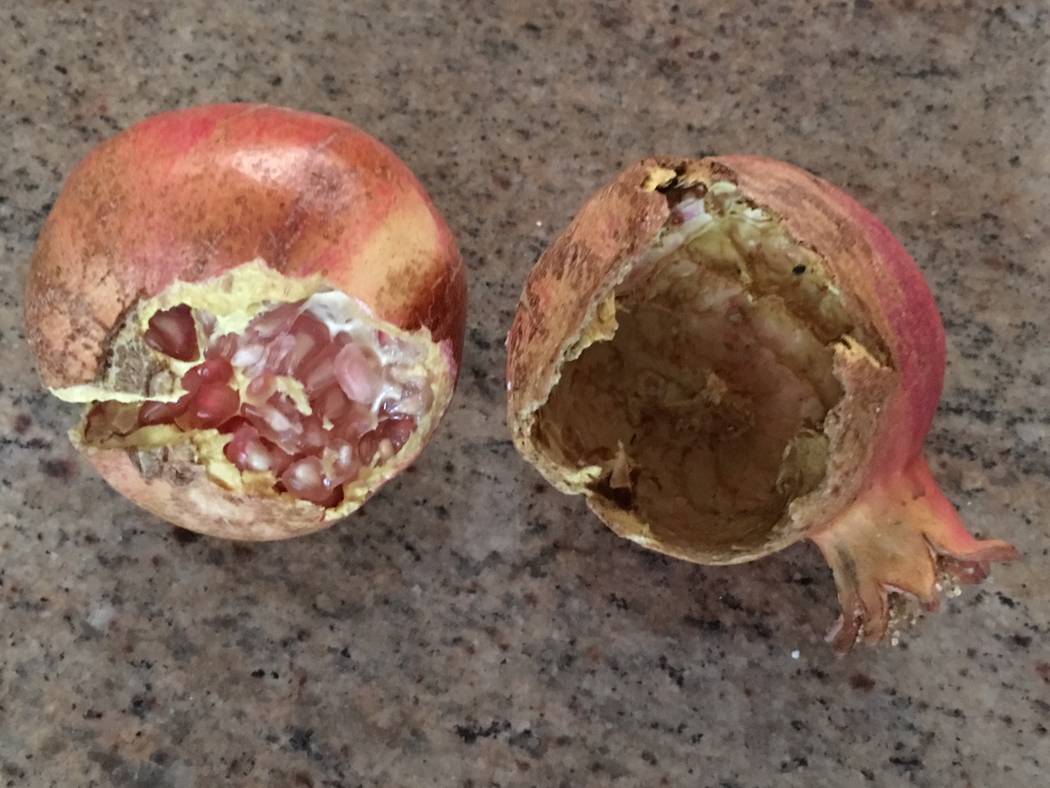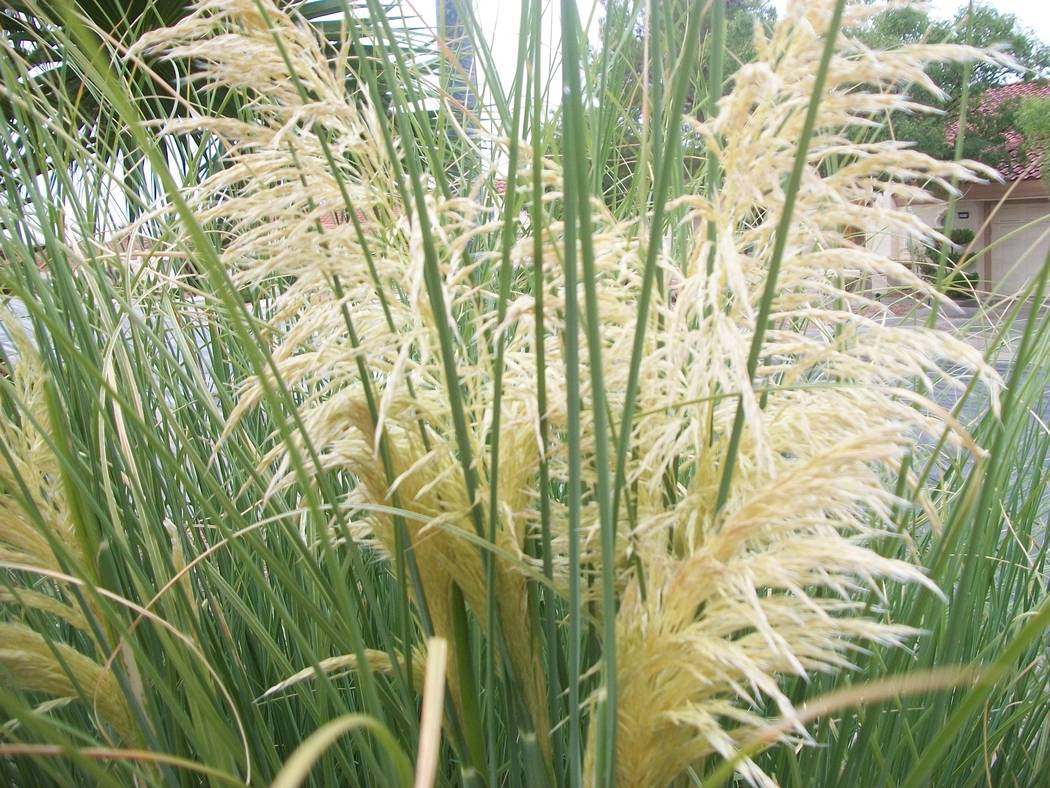Frost blankets work well in moderately low temperatures
Q: You wrote about some kind of blanket to wrap your plants with when it gets cold in winter to keep frost from /harming them. Can you tell me where I can buy them?
A: Frost blankets don’t produce any heat. They capture heat radiated from the soil or other surfaces that are warmed by the sun and also protect plants from wind. Wind is a partner in winter damage because warmth radiated from the ground, a nearby wall or even from the trunk of the plant itself is lost quickly if there is air movement pushing it away from its source.
Depending on their use, sometimes they are called floating row crop covers or crop covers. They are pretty much the same, but they are another tool in the “toolbox” for gardeners. These fabric covers permit air and moisture to move through them but trap heat and disperse high light intensities.
Some people use plastic sheeting or blankets to protect plants from frost damage. They act as wind barriers and insulation. But frost blankets trap enough heat to keep crops 4 to 5 degrees warmer during light freezes. Frost blankets are lightweight, don’t have to be washed and are reusable.
I have used frost blankets to cover broccoli, cauliflower and cabbage during cold winter months if I thought the temperatures were going to drop really low. These blankets are rolled on top of plants, stretched over hoops and pinned to the soil so they don’t blow away.
If left on during cool overcast days, they push growth more than leaving plants exposed to the elements. Use them during cool weather, not when temperatures are hot.
They work really well if a few degrees of protection is needed. But if temperatures get too low, they won’t provide enough protection.
I use them for insurance against moderately low temperatures that might damage plants or when you want to push a little bit of growth during cold weather. They are available at local nurseries and garden centers as well as online stores. Two manufacturers of these frost blankets that come to mind are DeWitt and Agribon.
Q: I have grown Utah Sweet pomegranates in Summerlin for several years and only had a few fruit split open near the fall harvest time. Mid-July this year, 40 green fruits split open. I assumed it was from high temperatures, but more kept splitting open through the rest of the year. At least 80 percent of the fruit has split open, and the birds cleaned out all the edible seeds.
A: Harvest times for pomegranates are at different times depending on the variety of pomegranate. The earliest varieties start ripening in September, and other varieties extend the harvest season past Halloween.
The usual reason for early fruit splitting is irregular applications of water: soils alternating between wet and dry. Pomegranates handle high temperatures easily, but they don’t produce well if the water in the soil is limited during its fruiting cycle.
Fruit splitting is a watering issue, not a temperature issue, but the two could be related. If water is not available when the fruit is increasing in size, even for a day or two, the fruit will be smaller because it begins maturing too early. Its outer skin begins to harden early.
Now say it rains heavily. This abundance of water available to the roots is pushed into the fruit, causing the fruit to expand and split. Unusually high temperatures, combined with wind and an unprotected soil surface, can cause drought at times that are unexpected. Irrigation water is supplied according to a clock, but it is too late. The damage is done.
Put a surface layer of mulch 3 to 4 inches deep on top of the soil to slow water evaporation from the soil surrounding the roots. This surface layer of mulch helps to reduce wildly fluctuating amounts of water in the soil when it is hot and windy.
Use woodchips from trees pruned by local arborists. Extend this surface layer of mulch so that it completely covers the soil under the tree canopy to a depth of 4 inches. Make sure these trees receive enough by adding emitters as they get bigger and checking the soil moisture during hot weather.
Birds eat pomegranate seeds after the fruit has split open. They can’t open pomegranate fruit by themselves. Rats gnaw on the outer rind of the fruit, leaving a large, somewhat round gaping hole in the side of the fruit with the inside totally cleaned out. One of the pictures you sent to me looks more like rat feeding than bird damage.
Because rain in the desert happens so infrequently, never use the rain shut off on the controller. Irrigate plants even though it rained, because estimating the amount of rain plants receive is very difficult to do accurately.
Q: A landscaper told us we were watering too much and reprogrammed our box to water less. This was a disaster to a tall pine tree I have. It now looks bad, with lots of dead needles from top to bottom.
A: That was a mistake in judgment by your landscaper. Homeowner irrigation systems are notorious for watering plants unevenly; plants on the same valve not receiving enough water force us to overwater other plants on the same valve.
The overwatered plants are easy to see. The plants receiving just enough water are not. It’s easy to make a snap judgment and assume that everything is being overwatered when it’s not.
Decreasing the number of minutes on an irrigation clock when all plants were “happy” is dangerous, particularly during the summer months. Plants react quickly to a lack of water during summer months.
When decreasing minutes on a clock, do it during the cooler months. Then observe how the plants react to this new irrigation schedule. Plants have a few extra days before they are damaged by a lack of water during the cooler months.
For a short-term fix, buy two or three hose-end sprinklers and attach them to short hoses with a splitter that feeds all the sprinklers at once from the main hose. This can be done for about $25. Connect the main hose to an inexpensive, dial-type mechanical timer at the hose bib and connect the other end to the splitter.
Water at the base of the pine tree for a total of about one hour. This should give the water a chance to soak deep into the soil where the roots are located. If water soaks into the ground easily, apply the water all at once.
If it begins to run off the surface after several minutes, sprinkle water several times with a long pause between irrigations. But the total irrigation time should be about one hour. Water the tree like this once a week for the next month. This should thoroughly wet the roots that grow deeper in the soil.
When you want to make some changes to the irrigation system, make sure your larger trees receive more water in accordance with the amount of time on the irrigation clock.
Q: I planted pampas grass in one area of my yard, and it never grew more than 3 feet tall. I moved it to an area in full sun a couple years ago, fertilized and watered it well. It still never got to more than 3 feet tall.
A: You did not mention if it ever flowered or not. It sounds like you have a dwarf variety of pampas grass. Dwarf pampas grass grows 3 to 4 feet tall and no taller. A lack of water would show up as browning of the leaves, and it would appear to be struggling. They are very hardy and should grow to their full height if getting enough water and have no other problems.
The dwarf variety flowers when it is old enough. I like dwarf varieties better for home landscapes because of their smaller size and reduced maintenance.
Bob Morris is a horticulture expert and professor emeritus at the University of Nevada, Las Vegas. Visit his blog at xtremehorticulture.blogspot.com. Send questions to Extremehort@aol.com.



















